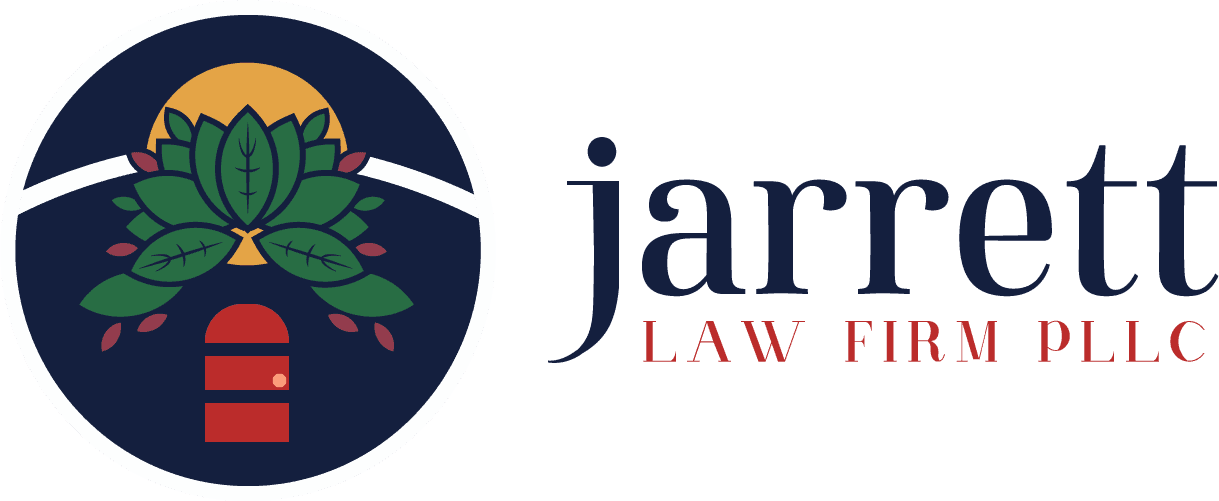There are pros and cons to both buying and building a home. So, which option is the best for you? If you’re looking to purchase a brand new home in Texas, it will likely cost you between $100 to $200 per square foot (sq ft). If you’re looking to buy an existing home, the median price in the United States is currently $123/ sq ft Keep in mind that prices vary depending on location. Let’s explore the average cost to build a house in Texas so you can make the best decision for yourself and your family!
Average Cost to Build a House in Texas
The average cost to build a house in Texas depends on if it’s a tract home or a custom home. Either way though, you have more control over the finished product when building. If you’re not worried about the overall construction costs for a new house and you have time on your hands, new construction makes sense.
However, living in a competitive housing market can make finding a house to buy almost impossible, especially if you don’t have thousands lying around to pay due diligence! Instead, you may look at the below issues as part of the price to play!
- Land costs for a construction site
- Lumber prices and other material costs
- Utility hookups
- Building material price fluctuations
- Getting a building permit
- Roofing materials
- Labor cost
- Permit process
- Working with home builders
- Additional costs
According to Homelight, the average building cost for a newly constructed 1,600-1,700 square-foot tract or spec house in Texas was $325,000 in late 2022. Here are some of the common costs they cite as crucial to your pricepoint:
- Buying a plot of land ($6,471 per acre)
- Foundation ($4,000 – $13,500)
- Framing ($14,000 – $32,000)
- Roof ($5,500 – $12,000)
- Siding ($5,000 – $14,000)
- Appliances ($10,875)
- HVAC System ($12,500)
- Plumbing System ($2,000 – $5,000)
- Electrical System ($500 – $2,300)
- Building Permits (Variable)
However, the construction cost can actually range from $235,000 to $660,000, with the average price for the construction of a 1500 sq ft home at $135,000 and $187,000. Because square foot cost drives the price, for a 3000 sq ft home, expect to pay $280,000 to $320,000 for a house in Texas. (1)
In general, it’s more convenient and less expensive to purchase a pre-existing house. Consider whether purchasing an existing home or constructing a new one is ideal for your unique needs. And before signing any contracts or making a deal, talk with your local real estate attorney to ensure your deal is solid!
Construction Costs: Building Materials per Square Foot
From November 2021 to January 2022, the cost of lumber skyrocketed, drastically increasing the price of residential construction. For example, lumber prices reached record highs, spiking 67% in 2021 — up 340% from pre-pandemic levels. Nationally, lumber costs alone have added $35,872 to the price of a typical newly constructed single-family home. (1)
Labor costs in your location will also affect your final costs. And you may find unexpected costs involved by the time all is said and done.
In the end, the costs of constructing your dream home depend on where it will be built, its complexity of design, and how much you spend on upgrades and materials. Before beginning, consider the total cost for labor, building supplies, design, and any final inspections.
Advantages of Building a House in Texas
Both buying and building a home have their pros and cons. While building a house in Texas lets you customize every detail, a pre-existing home is often less expensive and involves less energy output, thinking about everything and waiting for the home to be move-in ready!
Although in the uncertain times we live in, property prices to purchase land are higher per square foot than at pre-pandemic levels. And adding the cost to build a custom home in Texas to the land price drives the cost to build higher.
New Homes Have Fewer Existing Problems
A new house in Texas likely has fewer hidden problems. With an existing home, you may have to deal with structural and mechanical issues that can be costly to repair. However, when building a new home, all these problems are nonexistent as long as the construction is done correctly.
And state laws lay out a process for negotiating with a builder who makes mistakes building your house in Texas. In addition, many systems will have warranties in place for at least a year or more.
An older home could have electric issues, old insulation, bad plumbing, or septic field problems hidden beyond the reach of an inspection! Many families choose to build a house to escape old issues and know exactly what they are getting with their own house!
You Get What You Want
When you build your own home, you get exactly what you want—no compromises necessary (except for budget issues!) You get to choose the size and layout of each room, the materials used, and any upgrades or amenities you want.
If you can’t afford much now, you can always upgrade later on when you have the budget for additions.
Lower Maintenance Costs
Since everything in your new home is brand-new, you won’t have to worry about repairing or replacing it anytime soon. You can also install energy-efficient features and materials that will save you money on utility bills for years to come.
Finally, a newly built home requires less maintenance overall than an older one does. With an older home, you have to worry about the roof, siding, windows, doors, and other elements that may need repairs or replacements down the road.
Home Insurance Cost Savings
You can often get discounts on your homeowner’s insurance policy with a new home. That’s because insurers know that new homes are better insulated and have fewer risks of fires or water damage due to newer plumbing and electrical systems.
Also, since new homes are built with up-to-date building codes in mind, they tend to be more resistant to damage caused by high winds and other natural disasters. This can also mean lower premiums on your home insurance policy.
Disadvantages of Building a House in Texas
The Waiting Game
The biggest drawback of building a home is the amount of time and effort it takes to complete. It can take anywhere from six months to a year or more for contractors to finish construction.
So where will you live while you wait? Some people rent an apartment or stay with family during the construction process, but this can be an added expense that you might not have planned for.
Increased Costs
Building a custom home is also more expensive than buying one — especially if you use high-end materials and hire workers to do most of the work. You may end up paying more in the long run for a home that is not yet move-in ready.
And you’ll need to find a plot of land where you can build unless you’re buying a home in a neighborhood tract where the cost of land is included. In addition, you’ll be responsible for paying utility bills on the property while it’s being built and inspected, which can add up quickly.
The Building Process Can Be Stressful
Building a home can be a stressful experience. You have to ensure that the plans you drew up meet local building codes and hire trustworthy contractors who deliver reliable service. And when problems arise (as they inevitably do!), it’s up to you to resolve them — or find somebody who can help.
Intense Planning
It also requires a lot of planning and decision-making throughout the process, which can be overwhelming for some people. In addition, constructing your own home means you’ll have to take on the financial risk of any unforeseen issues that arise during construction.
According to Hedgefield Homes, you should talk to your builder before designing a home. “The bigger the house, the more material and labor it takes to build. The taller the ceilings, the more drywall, paint, insulation and labor required; the bigger the kitchen, the more cabinets, counters and flooring required; the taller the roof, the more shingles, lumber and labor required.” (1)
Labor Costs
Also, while labor costs may be lower in Texas than in other states, materials and permits can cost more due to higher land prices and increased demand for construction services. Finally, builders may charge a premium for high-end finishes and amenities.
Other Costs
Lastly, it’s important to remember that building a new home means taking on the cost of land and other associated costs such as surface water control, utilities, supplies, permits, architectural plans, inspections, and landscaping. All these costs add up quickly and must be factored into your budget when planning to build a new home in Texas.
Last Thoughts
Overall, building a house in Texas can be an exciting yet daunting undertaking. Both options can provide great benefits, but there are also things to consider, such as budget, timeline, and the amount of work you are willing to put in. Do your research and weigh the pros and cons carefully before making a decision.
Building a house in Texas can be an expensive yet rewarding process. With careful planning and research, you can make sure you get the best decision for your family’s future—all while staying within budget.
Our Experienced Real Estate Attorneys Can Help
At Jarrett Law, PLLC, our experienced real estate attorneys are here to help. From buying land and obtaining permits to overseeing construction and inspections, we can help you navigate the process of building a home in Texas. Contact us today for more information.

